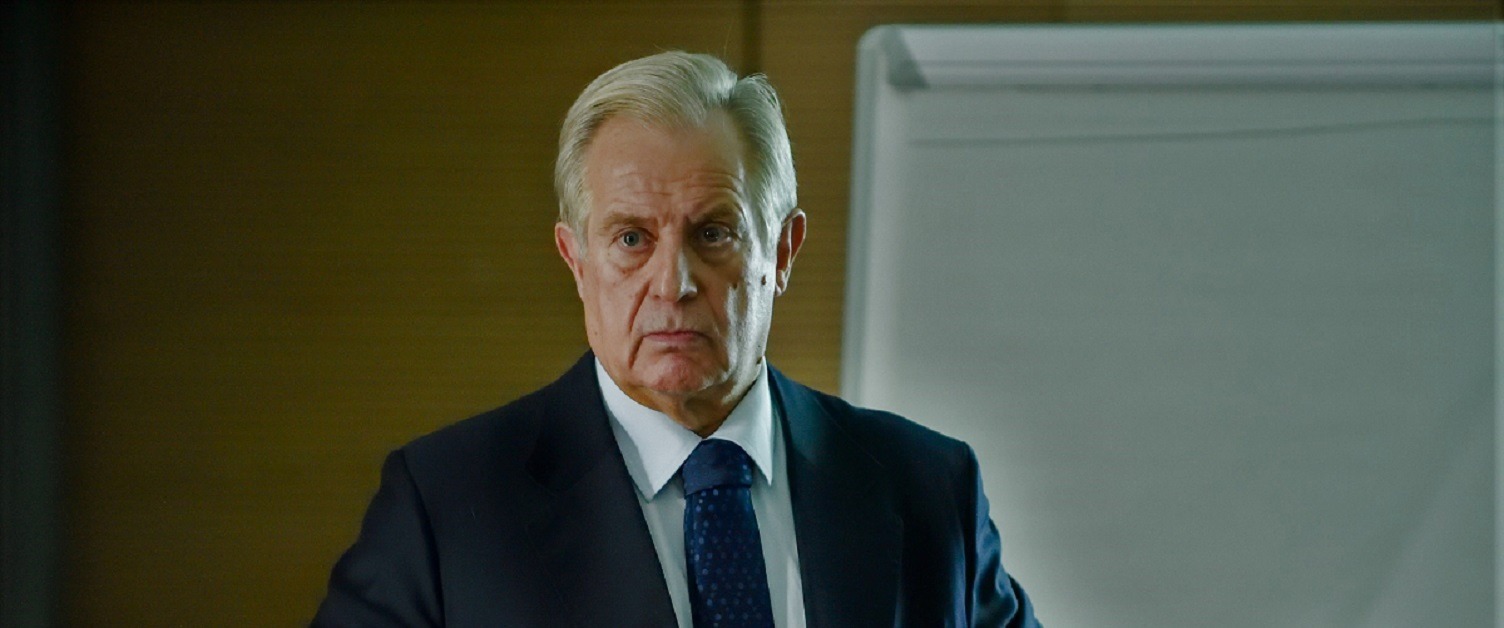
Poland’s National Day was celebrated on May 3rd, commemorating the promulgation in 1791 of the first European constitution establishing a monarchy of democratic roots.
Shortly thereafter Poland began its ordeal of successive sharing between the powerful Russian neighbors (later Soviet Union), Prussia (followed by Germany) and the Austro-Hungarian empire (until World War I).
Polish resilience has led Poland politically to independence and in the economic sphere to its extraordinary success since joining the EU in 2004.
Indeed, looking at its current GDP per capita, which is 22nd in the EU-28, it is easy to forget its progress since 2004.
Which can be defined by three numbers and in ascending order of requirement:
First: compared to the EU enlargement countries in 2004, Poland converged, i.e. approached their average 14% at the compound annual rate of 1.2%.
Second, compared to the EU-28 (more demanding as it includes the richer Europeans), Poland still converged / gained almost 22% at the compound annual rate of 2.6%.
Third: compared to EU-15 (richer core and thus maximum degree of difficulty), Poland’s 15-year convergence was 23% at the annual rate of 3%.
That is why on 3 May not only Polish freedom was celebrated. The Polish example was also celebrated.
In a world where 40% of the population lives on less than 4 dollars a day. Where in the rich countries the active population, being less and less, have to be increasingly productive to support the retired. Where health costs increase exponentially in the last years of life. And where without productivity there is no freedom (of leisure or getting rich), but only the tyranny of long working hours to simply ensure survival.
In such a world, May 3rd celebrates not only freedom but an example for all.
Of what? Of Bogu ufaj, a ręki przykładaj, i.e.: God helps those who help themselves.
To work? It is praying (Bible). Pray to Allah? Yes, but tie the camel (Koran).
